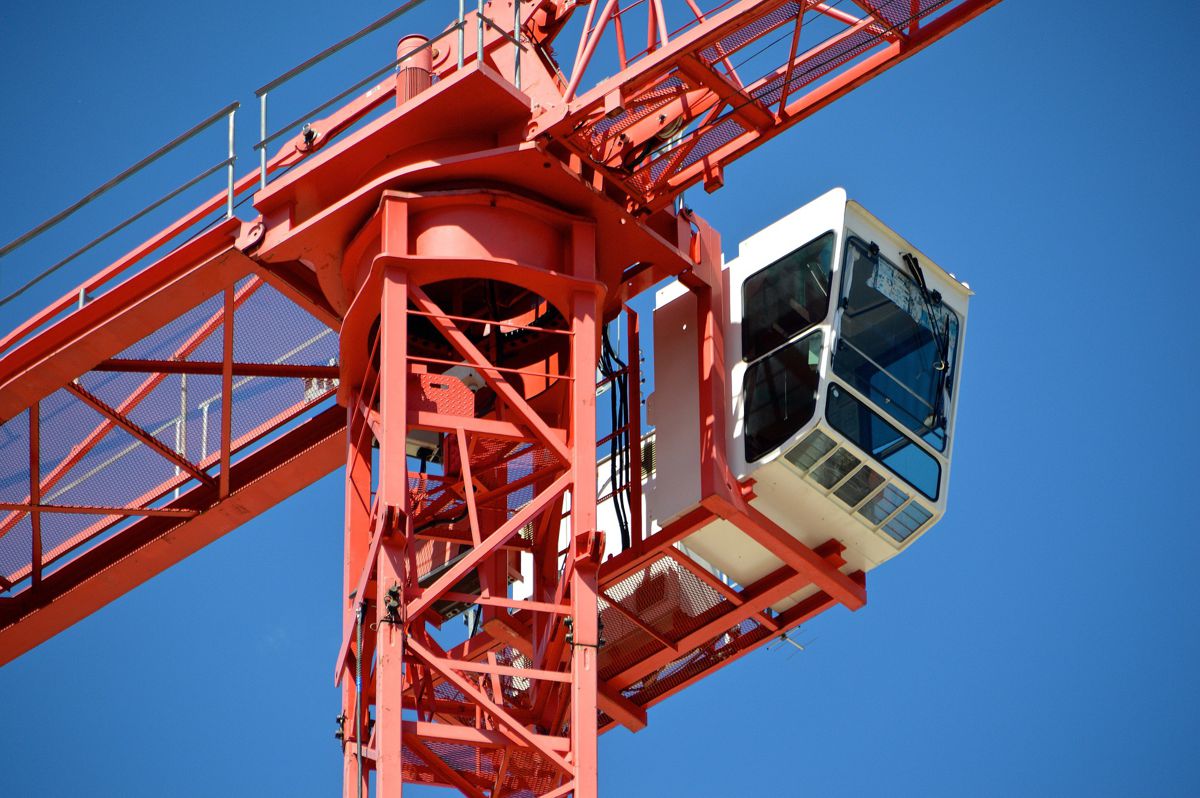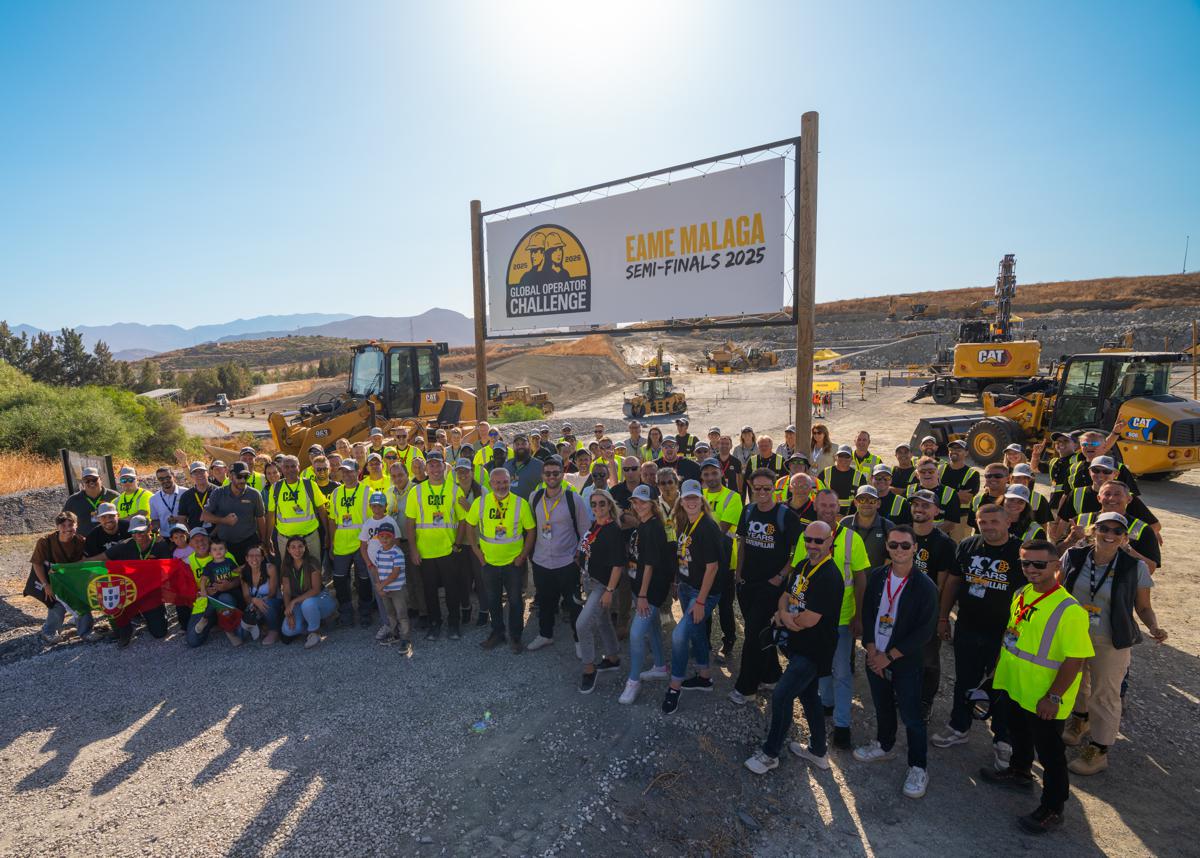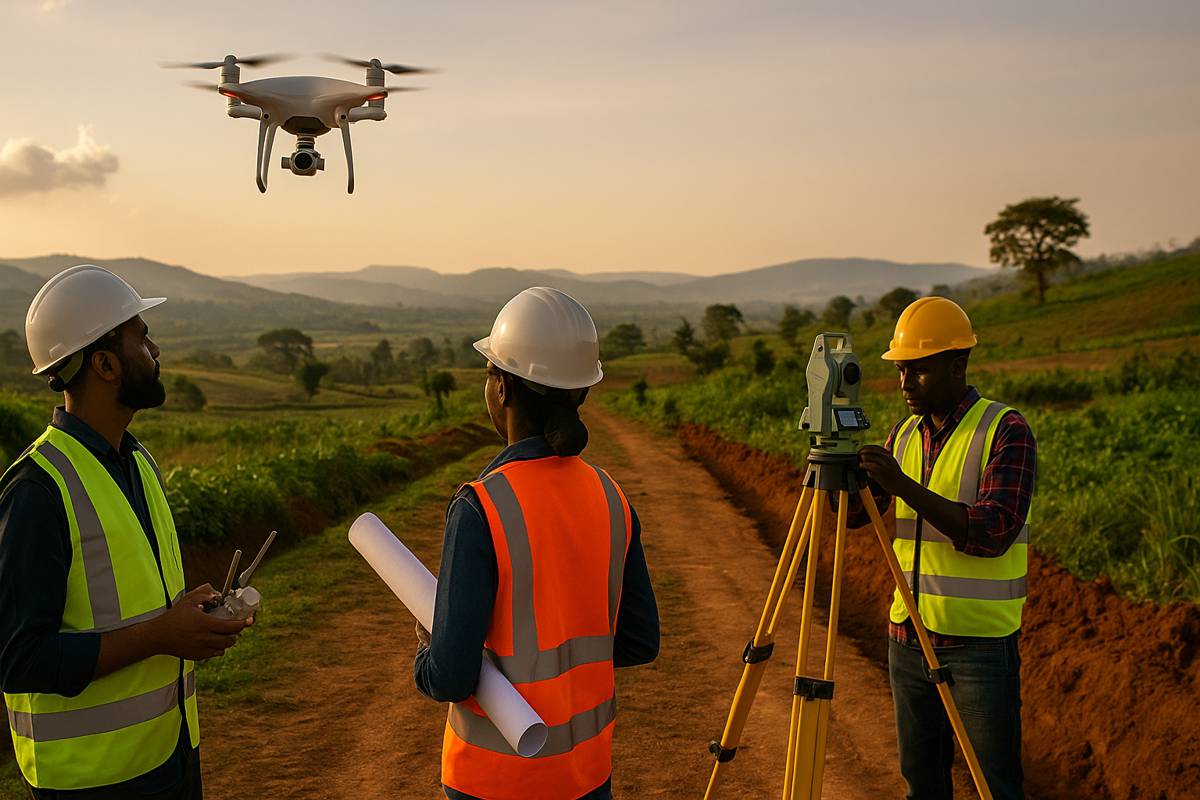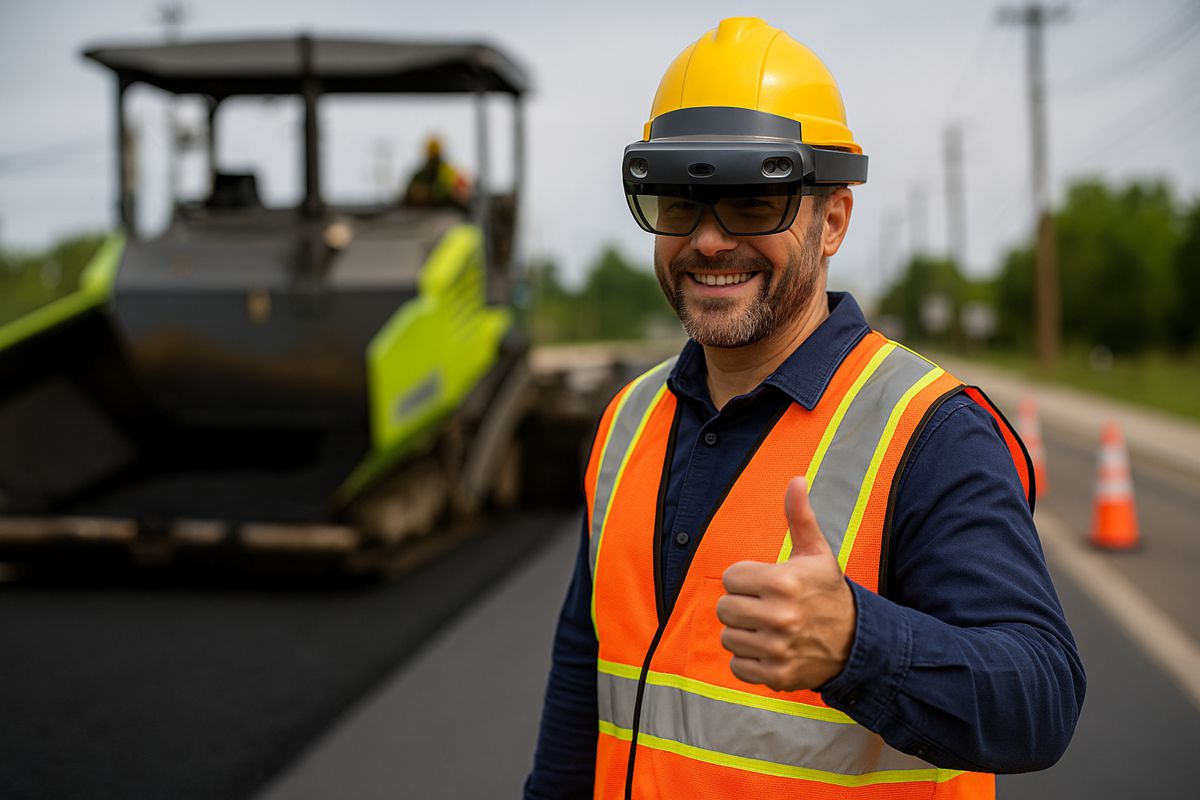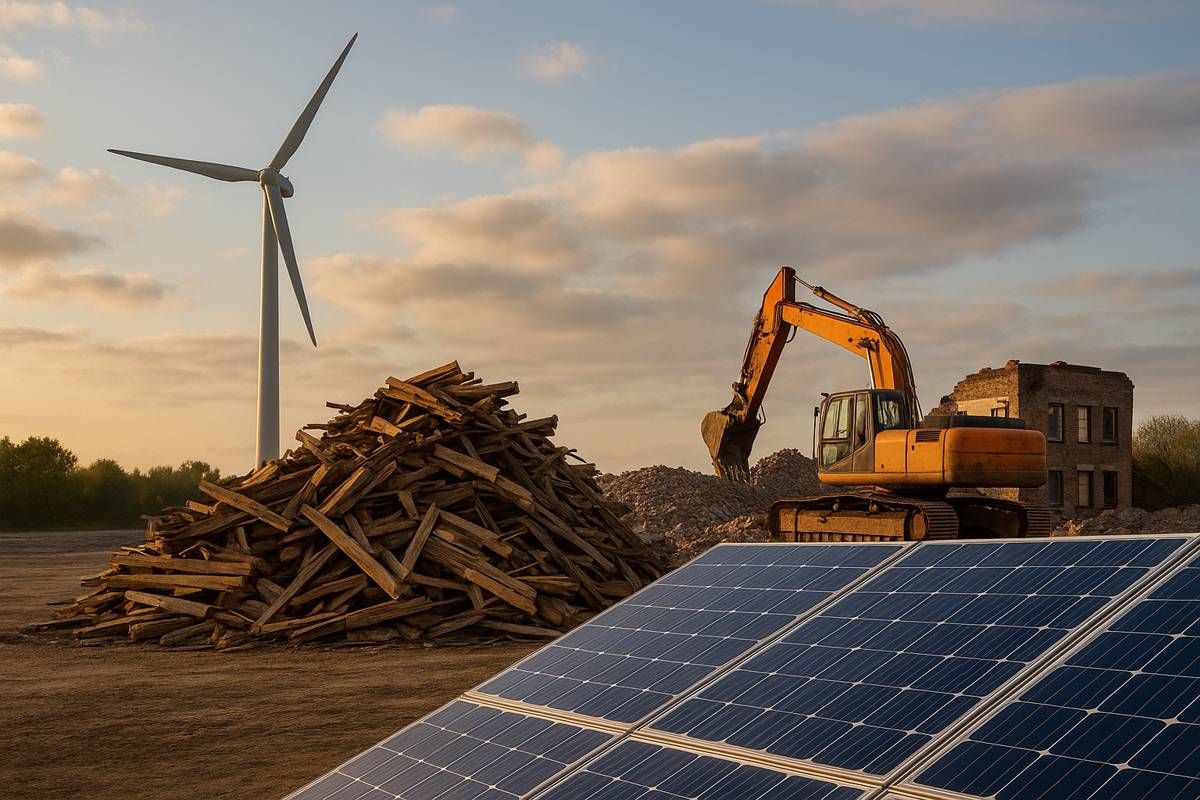Public-Private Partnership brings VR to Crane Operator Training
Learning to operate a crane is serious business. It requires skilled trainers, adequate facilities, and an ample supply of lifting equipment similar to what students will eventually be working with in their jobs. But what if training could be virtual instead?
Apparently, I can be. Forbes reports that a public-private partnership in Alabama is making it easier to learn crane operation through virtual reality (VR). That’s good news to training providers who work with everything from warehouse gantry cranes to the larger standalone cranes on construction sites.
The partnership, between the Alabama Department of Commerce and Hyundai, is behind a state-wide initiative to build a crane operation and inspection training program utilizing computer software-based on VR technology. Some $12 million in series A funding has already been raised for the effort.
Starting With Power Transformers
The proposed crane operation and inspection program will eventually cover all types of cranes. For now, the project is focusing on bridge cranes that lift transformers manufactured by Hyundai Power Transformers (HPT) at its Montgomery, Alabama plant.
A single transformer can weigh up to 800,000 pounds. Moving a completed unit around the plant presents a unique challenge. The company relies on specialized bridge cranes capable of lifting as many as four hundred tons. However, HPT’s aging workforce has made it clear that the company needs a new way to train replacement operators. Such was the impetus behind their partnership with the state of Alabama.
Today’s younger workers are more inclined toward technology. They have grown up playing video games and using smartphones. Turning to VR as a training tool only makes sense. It has already been successfully deployed in everything from flight training to teaching new truck drivers how to handle tractor-trailers. There is no reason it would not work as a tool for the crane operator and inspection training.
Simulating a Real Experience
The main advantage of VR training is its ability to simulate a real experience with surprising accuracy. For example, VR images give students a complete, 360-degree view of their simulated environment. This offers the practical experience of actually seeing how lifting and moving a load impacts the surrounding area.
Trainers appreciate VR because it is repeatable. They can set up the same scenarios and go through them time and again until students master them. And with each mastered skill, the software environment can be modified to teach the next skill. Customizations make learning new skills easier as well.
Yet another benefit is the psychological boost VR gives students. Rather than just reading from a book, watching videos, and passing exams, students have the opportunity to work in a simulated environment that closely resembles what they will find in the real world. They have the advantage of learning without having to worry about damaging property or harming people.
The end result is more confidence when it’s time to enter the workplace. Trained operators already know what to expect under real-world conditions. They are not intimidated to the same extent as they might be following older training methods.
Built on Oculus Quest
So how does VR bring an accurate lifting experience to the classroom? Through the Oculus for Business platform. Oculus is a brand name of Facebook Technologies, LLC. Launched in 2012, the company’s first consumer product was a virtual reality headset for smartphones. It was capable of generating realistic VR images for video gaming.
Oculus for Business takes the same principles utilized for the consumer market and transforms them into business applications. The company’s website claims that its VR products help students learn quickly and better retain information through contextual experiences and muscle memory.
Assuming Oculus claims are true, it would explain why building a VR training platform for crane operators on the technology is attractive. Much of the crane operation is related to muscle memory. Operators learn, through experience, how to make the minute adjustments required for sensitive lifts. Muscle memory is that which allows them to master their equipment.
In terms of contextual experiences, VR works well because it can simulate nearly any type of lift. And as any seasoned crane operator can testify, every lift is different to some degree. Exposing students to a variety of simulated experiences prepares them for that reality.
A Money-Saving Tool
Of course, one cannot discount the financial savings virtual reality brings to the table. By training in a virtual setting, skills and concepts are learned more quickly. This reduces total training time. Students do not require physical lifting equipment to train either, reducing the expense of building and maintaining equipment for training purposes.
The public-private partnership now working in Alabama promises to revolutionize how HPT employees are trained to use their custom cranes. A new generation of crane operators will rise to take the place of those retiring in just a few years. Meanwhile, HPT will have completed a revolutionary training program with greater efficiency and safety.
A successful project likely means VR training for all types of crane operators in the future. The days of training on physical equipment could soon be in the past. For anyone who thought VR was just for entertainment purposes, the Alabama training program proves otherwise.








